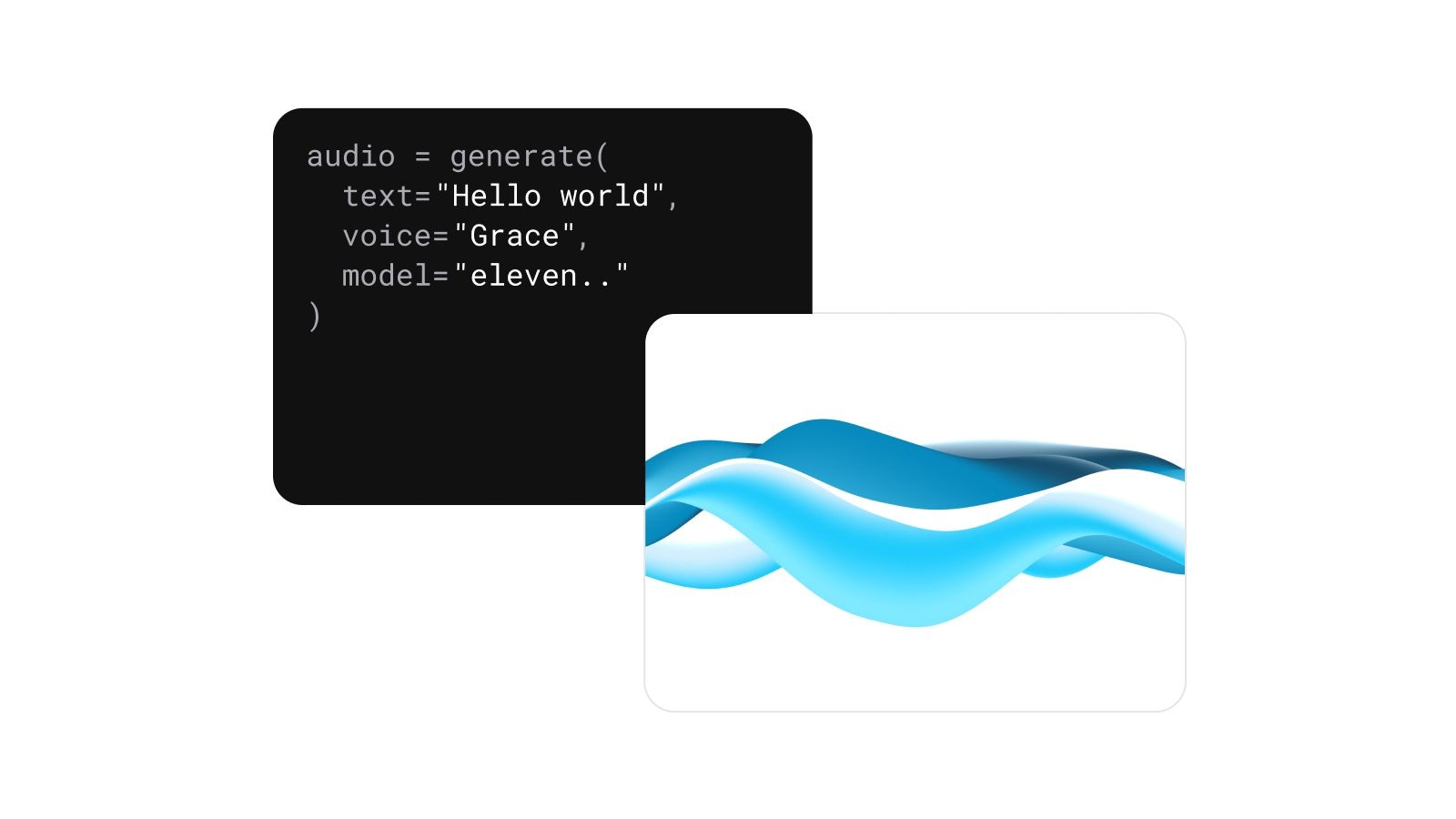
Add conversational agents to your web, mobile or telephony in minutes. Our realtime API delivers low latency, full configurability, and seamless scalability.
A simple guide to creating a hyper-realistic conversational AI agent.
Building your first conversational AI agent might seem daunting at first, but with the right tools and a clear plan, it’s entirely achievable—even for beginners. This guide will break down the process into simple, actionable steps, helping you create a functional, voice-enabled agent that interacts with users naturally and efficiently.
Imagine having a virtual assistant who understands and communicates with users naturally, swapping generic responses for authentic and human conversations.
This is the power of conversational AI.

Add conversational agents to your web, mobile or telephony in minutes. Our realtime API delivers low latency, full configurability, and seamless scalability.
A conversational AI agent is an AI-powered system that can understand, process, and respond to user inputs, simulating a natural conversation. These agents combine natural language processing (NLP), text to speech (TTS), and machine learning (ML) to interpret user questions and commands, and convert responses into human-like voice outputs, all while improving its understanding and response quality over time.
While this concept may sound futuristic, we actually encounter conversational AI in everyday tools like virtual assistants (Siri, Alexa), customer service chatbots, and smart home devices.
However, not all conversational AI agents are created equal. What sets a great AI agent apart is its ability to deliver quick, accurate responses in a tone that feels approachable rather than robotic.
In this guide, we walk you through the steps of building a functional conversational AI voice agent from start to finish, ensuring it performs up to par and interacts with users authentically.

While building a conversational AI agent from scratch may seem daunting at first, it’s much easier than you may think. Advancements in artificial intelligence, text to speech technology, and development tools make it possible for anyone to build a conversational AI agent, regardless of their skill level or technical background.
To make things easier, we’ve separated the process into four simple steps:
Before diving into the technical aspects, start by identifying your agent’s core purpose. Ask yourself:
For example, are you building a customer support bot to handle FAQs or a virtual assistant to manage appointments? Or maybe you want to create a virtual tutor to assist students in online learning? Having a clear objective will guide your design and help you focus on essential features.
To build a conversational AI agent, you’ll need tools that cover natural language understanding (NLU), TTS, and any additional functionality. Here’s a breakdown of what to consider:
Once your tools are in place, it’s time to build the agent:
For example, if your agent is assisting in a healthcare setting, a calm and reassuring voice can enhance user trust, while an energetic tone might work better for a travel assistant.

Easily integrate our low-latency Text to Speech API and bring crisp, high-quality voices to your applications with minimal coding effort
Testing is a crucial step to ensure your conversational AI works smoothly and delivers accurate responses.
Keep in mind that refining your agent is an ongoing process. As it interacts with more users, you can incorporate new data to train the model, making the responses smarter and more adaptable over time.
Building your first conversational AI agent is an exciting step toward creating smarter, more intuitive digital tools. With the right foundation, you can build an AI agent that interacts with users in a way that feels human, guiding them through specific processes while providing them with much-needed reassurance.
Advanced text to speech tools like ElevenLabs make it even easier to add realistic, customizable voices that enhance the user experience. Whether you’re automating support, creating virtual tutors, or building personal assistants, a human-like voice output ensures your conversational AI sounds just as good as it performs.
Ready to get started? Your first realistic AI agent is just a simple integration away.
> Explore ElevenLabs for conversational AI
Powered by ElevenLabs Agents